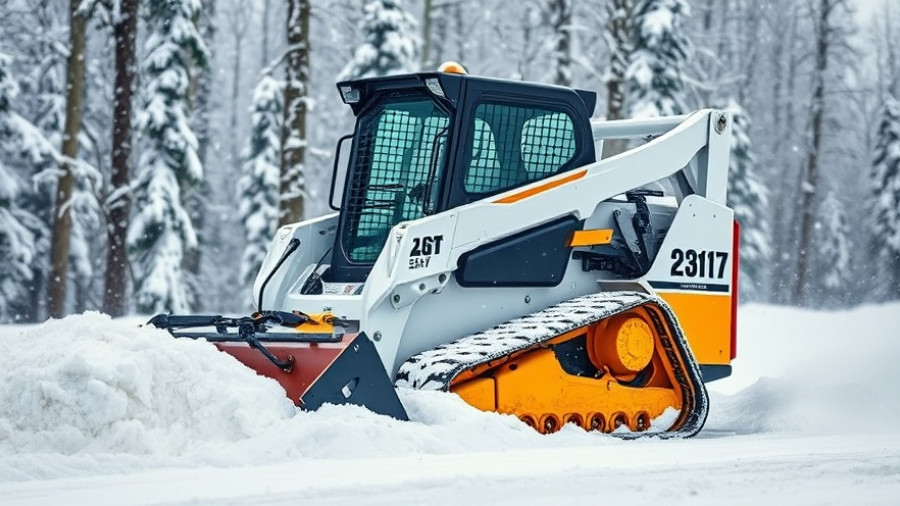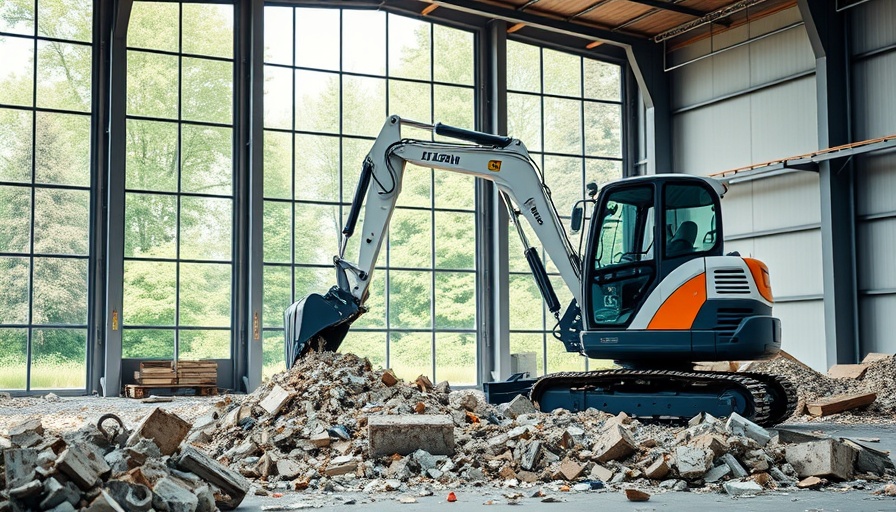
The Shift from Portland to American: A New Era for Cement
The Portland Cement Association (PCA) has officially rebranded itself as the American Cement Association (ACA), a move signaling a significant evolution in its mission and objectives. Announced at the recent 67th annual IEEE-IAS/PCA Cement Conference held in Birmingham, Alabama, this change reflects the association's commitment to not only representing traditional cement but also embracing a broader palette of materials aimed at fostering sustainability within the industry.
Lower-Emissions Cement: The Future of the Industry
As part of this transition, the ACA emphasizes its growing focus on lower-emissions cement, which now constitutes over 60% of total cement consumption in the U.S. This development highlights a drastic shift in consumption patterns over the past four years, where the use of lower-emission cements has skyrocketed tenfold. With shifts in government policy and the increasing urgency for environmental accountability, cement producers are stepping up to mitigate their impact on the planet.
Government Support and the Road Ahead
This change comes at a time when the U.S. Department of Energy has committed $6 billion to projects targeting decarbonization across various industries, including $1 billion directed towards four member companies of the ACA. This funding reaffirms a national commitment to reducing emissions while bolstering American manufacturing. The ACA is poised to leverage this support for its ongoing initiatives, despite some setbacks regarding previous grant cancellations aimed at funding decarbonization projects.
Why This Renaming Matters
This rebranding is more than just a name change; it mirrors an essential shift in the construction industry towards sustainability and innovation. For business owners, property developers, and facility managers, understanding this evolution is critical. The change to the American Cement Association represents a concerted effort to reach new goals, emphasizing sustainability and operational efficiency in an industry traditionally known for its environmental impact.
Implications for Business and Developers
As consumers and businesses grow more conscientious about their environmental footprint, the ACA's strategic shift could influence purchase decisions in the construction sector. Developers who embrace these lower-emission materials could not only improve their sustainability profiles but also appeal to a marketplace increasingly driven by environmental considerations.
The Road to Decarbonization: Next Steps
The ACA is poised to support its members in appealing for previously denied grants that are crucial for ongoing decarbonization efforts. The call for bipartisan support highlights the necessity of frameworks that empower innovation in these energy-intensive industries. For contractors and construction firms, staying informed about these initiatives can unlock new opportunities and resources to enhance their sustainability implementations.
Conclusion: Embracing Change for a Sustainable Future
The evolution of the Portland Cement Association to the American Cement Association marks a pivotal moment in the cement industry, signaling an intentional shift towards embracing sustainability. As this transformation unfolds, stakeholders across the construction landscape should engage actively with the ACA to understand how these changes can affect their operational strategies. By prioritizing sustainable practices, construction businesses can enhance their market positions while contributing positively to the environment.
 Add Row
Add Row  Add
Add 




Write A Comment